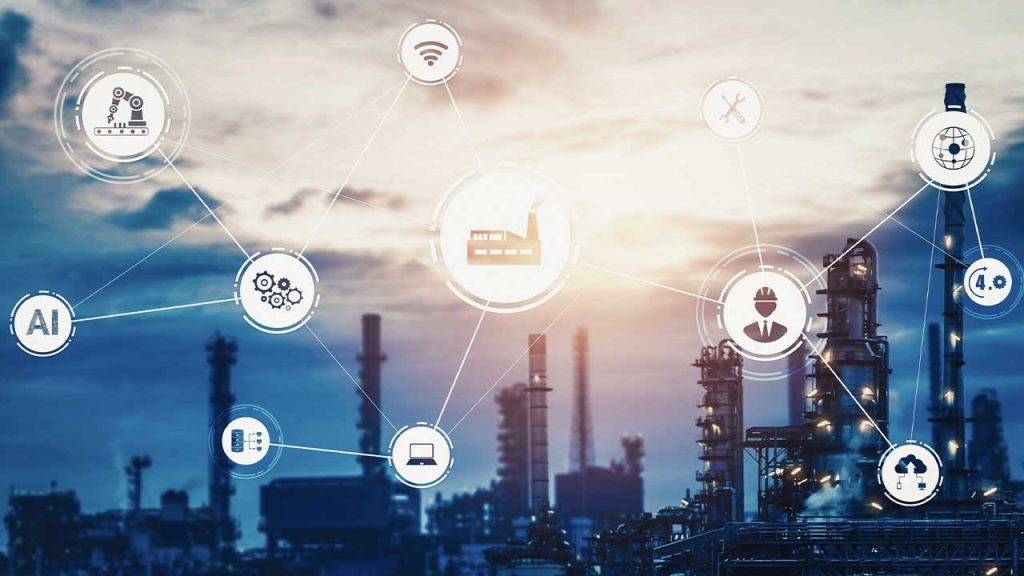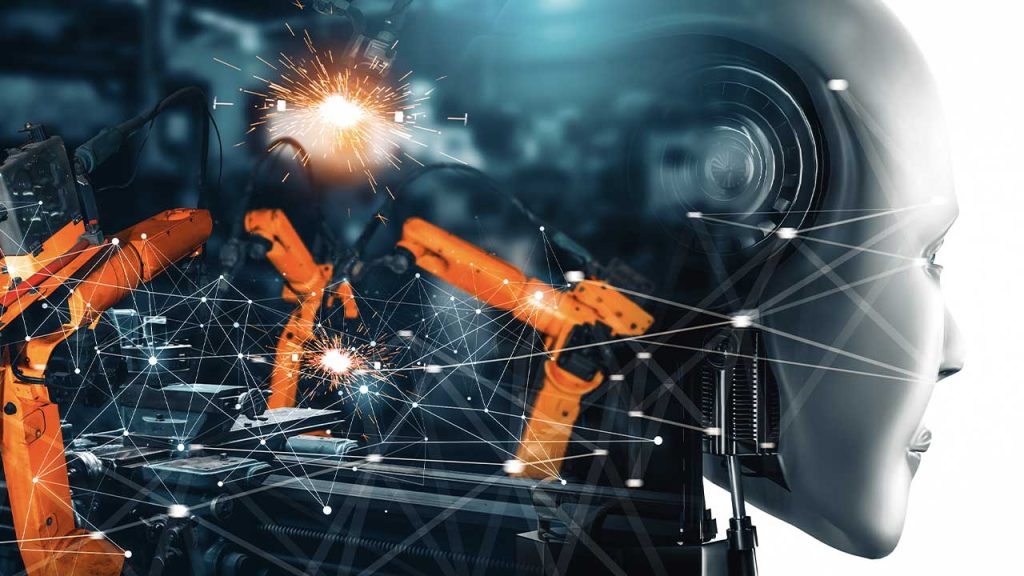The Startup Edge: How a New Generation of Innovators Is Rewiring Smart Manufacturing
You can tell something’s shifting in manufacturing—not by the headlines, but by the way small teams are solving problems that used to be ignored. At IIoT World’s Manufacturing Day in May 2025, a group of founders and CEOs joined a refreshingly candid discussion about what it really takes to move the needle in industrial innovation. They weren’t selling hype or moonshots. They were talking about the messy, incremental, human-centered work of making things better on the factory floor.
What emerged was a vision of smart manufacturing that’s less about buzzwords and more about bridging gaps: between data and action, software and people, innovation and execution.
Fixing What’s Broken in Overlooked Markets
What unites many of these founders is a refusal to chase the spotlight. Instead, they’re tackling the most deeply embedded inefficiencies in manufacturing. For Katie Colbaugh, PhD, a materials scientist and Co-Founder & CEO of Leucite, the mission is to bring digital precision to high-performance materials manufacturing—a field where trial and error has long been the norm. Her customers are working with alloys, ceramics, single crystals, and semiconductors that demand near-zero defect rates. Yet yield is often unpredictable, and expertise is walking out the door as experienced technicians retire.
Katie sees software and AI not as replacements for human skill, but as accelerators of it. Her team is building platforms that integrate process parameters, sensor data, and production history to surface insights that even seasoned engineers may miss. In a sector where yield gains of 1–2% can have multimillion-dollar impacts, this is not just a science project—it’s a business imperative.
From Robot Arms to Systems Thinking
Julia Astrid Riemenschneider, CEO of United Robotics Group and Rethink Robotics, brings a different perspective. Her team designs adaptive robotics and advanced sensor ecosystems that move beyond the one-size-fits-all automation of the past. Her focus? Human-centric robotics that scales with production needs and evolves as new tasks emerge.
“We need to shift our mindset from just buying robots to building systems,” she emphasized. The future is less about hardware gimmicks and more about intelligent orchestration—a flexible combination of robotics, sensors, and contextual AI. Julia sees the next wave coming not from single solutions, but from ecosystems that learn, adapt, and support the human workforce in real time.
The Infrastructure Problem No One Talks About
Dan Koukol, Co-Founder & CEO of Digit, cuts to the heart of a different issue: the disconnected tech stack in most small to mid-sized manufacturers. “Over 50% of digital transformation efforts fail to go live or produce ROI,” he notes. The reasons are both technical and cultural. Legacy ERPs, one-off automation tools, and patchwork integrations make it nearly impossible to get a single view of production.
His approach? Build a modern, non-technical OS for manufacturing that integrates ERPs, sensors, spreadsheets, and operator input into one accessible interface. Think of it as the Shopify of the shop floor. With Digit, users don’t need an army of consultants to launch a smart manufacturing initiative. They need a browser and a willingness to start small.
AI Isn’t a Magic Wand, It’s a Mirror
A recurring theme among all three founders is the idea that AI should not be seen as a plug-and-play cure-all. Instead, it should amplify human insight and reveal process blind spots. AI works best when it’s fed clean, contextual data—which requires sensors, software, and shop floor engagement. But it also works best when it delivers value across all user levels: from operator to manager to executive.
In short, successful AI in manufacturing doesn’t just analyze data. It fosters a culture of continuous improvement, where technology doesn’t replace people—it trains them, supports them, and helps retain institutional knowledge before it walks out the door.
The Diversity Dividend
This new manufacturing movement also carries the potential to address long-standing workforce imbalances. With the right design principles, manufacturing technology can become more inclusive—bringing in more women, more young professionals, and more diverse voices. The best systems, the panelists argue, are not those that look smart, but those that feel intuitive.
User experience matters. When a system makes you want to use it—not fear it—that’s when adoption scales. That’s also when shop floor workers become collaborators in transformation, not just subjects of it.
The Road Ahead: From Vision to Deployment
There are still challenges. Startups in this space face long sales cycles, cautious buyers, and deeply entrenched habits. But the opportunity is enormous. With retiring workforces, reshoring pressures, and the growing need for resilient supply chains, there has never been a greater appetite for meaningful industrial innovation.
Founders in this space are not just building companies. They’re rethinking the interface between human ingenuity and machine intelligence. If manufacturing is to become more agile, more inclusive, and more resilient, these are the companies and leaders who will make that future possible.
This article was written based on the session “The Startup Edge: Breakthrough Innovations Powering Smart Manufacturing,” which took place during IIoT World Manufacturing Day in May 2025.
Related articles:

